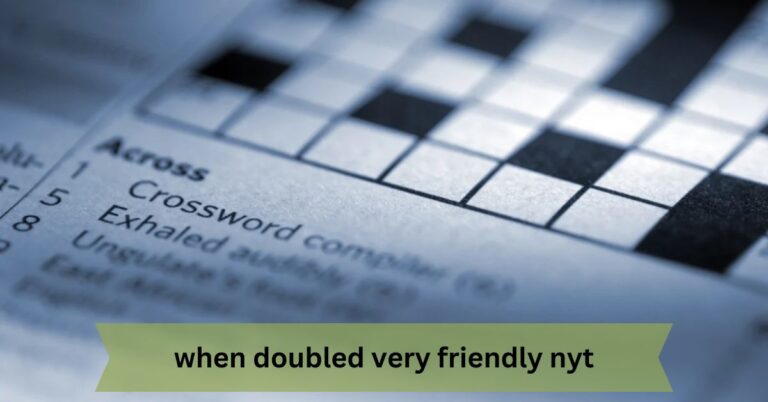Stormwater Detention Tanks: A Simple Solution for Urban Flood Control
Urban flooding has become a growing concern worldwide. With the expansion of paved surfaces and reduced natural landscapes, excess rainwater has fewer places to go, resulting in frequent flooding in many cities. Managing stormwater is essential for preventing these issues, and innovative solutions are becoming more common.
One effective solution is the use of stormwater detention tanks. These tanks are designed to temporarily store excess rainwater during heavy rainfall, helping to reduce the pressure on drainage systems. This article will explore how these tanks work, their benefits, and why they are essential to modern urban flood control strategies.
How Stormwater Detention Tanks Work
They play a crucial role in managing rainwater in urban environments. During a storm, rainwater quickly flows off roofs, roads, and other surfaces. Without proper management, it can overwhelm drainage systems, leading to flooding. Detention tanks provide a place for this excess water to collect, slowly releasing it back into the system over time. This slow release helps prevent the drainage systems from being overwhelmed, reducing the risk of flooding in low-lying areas.
Preventing Urban Flooding
Urbanisation often leads to more impermeable surfaces, like concrete and asphalt, which do not absorb it. This lack of absorption increases the volume of stormwater runoff during rainstorms. The tank helps mitigate this problem by capturing and storing it. It also helps prevent urban flooding by reducing the speed and volume entering the drainage system.
Environmental Benefits of Detention Systems
In addition to flood prevention, they offer environmental benefits. One significant advantage is their ability to improve quality. It collects pollutants such as oil, chemicals, and debris as it flows over surfaces like roads and sidewalks.
Storing it in detention tanks allows more time for these pollutants to settle before release. Some systems also include filtration elements that help further purify the water before it enters the natural environment. This reduces the amount of harmful substances that flow into rivers and lakes, helping to protect aquatic ecosystems.
Cost-Effective Flood Management
Detention tanks are a cost-effective solution for urban flood management. Traditional methods can be costly and require significant space. In contrast, detention tanks can be installed underground or in less obtrusive locations. Detention tanks reduce the need for substantial infrastructure projects, making them a more affordable option for municipalities to manage. Their relatively simple design and installation process also makes them accessible to a wide range of urban areas.
Versatility and Adjustability
Another advantage of detention tanks is their versatility. These systems can be adapted to fit various urban environments, from small residential areas to large industrial sites. They can be scaled according to the amount that needs to be managed, ensuring that they meet the specific needs of each location.
This adaptability makes them an excellent solution for current and future flood control efforts. They can also be integrated into existing infrastructure with minimal disruption, making them ideal for retrofitting in older urban areas. Their flexibility allows for easy expansion, ensuring they remain effective as cities grow and face increased challenges.
Supporting Sustainable Urban Development
Detention tanks also support sustainable urban development. As cities grow, managing stormwater becomes increasingly essential for public safety and environmental health. These tanks offer a practical way to handle the challenges of urbanisation without negatively impacting natural water systems. Detention tanks reduce the overall environmental impact of urban growth, promoting sustainability for future generations.
Stormwater detention tanks are a simple yet effective solution for urban flood control. By temporarily storing excess rainwater and gradually releasing it, these systems help prevent flooding and protect drainage infrastructures. Implementing these systems can ensure better stormwater management and a more sustainable future as cities expand.





